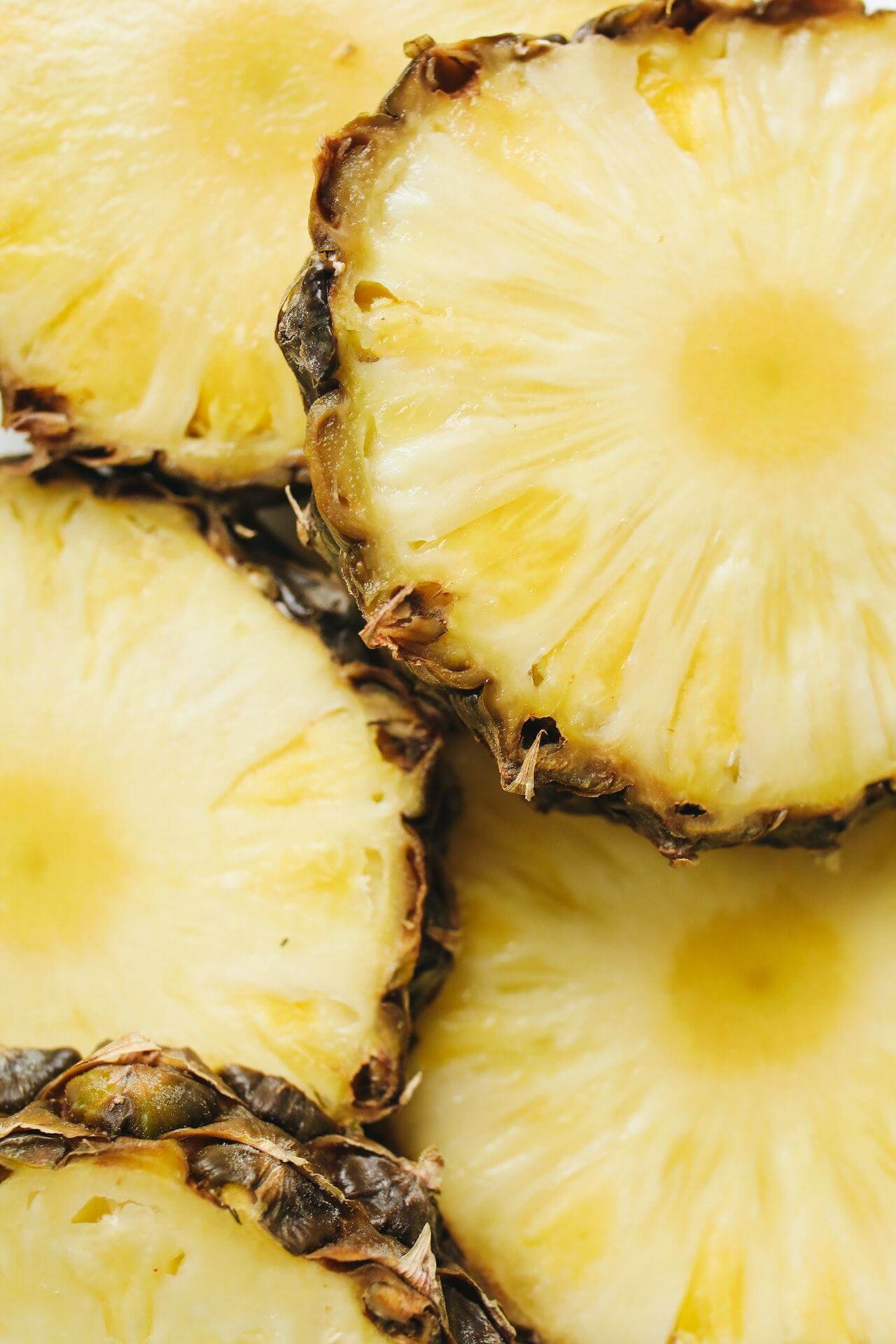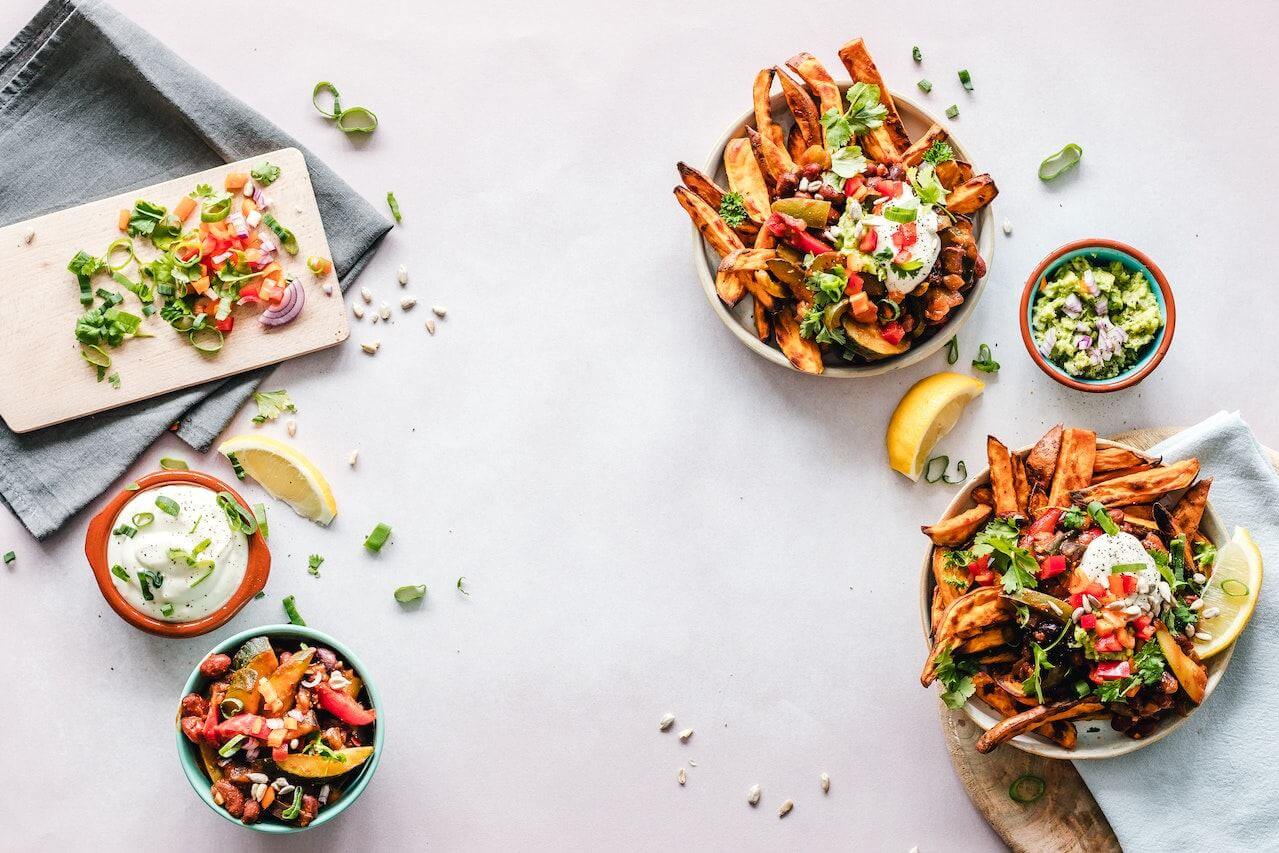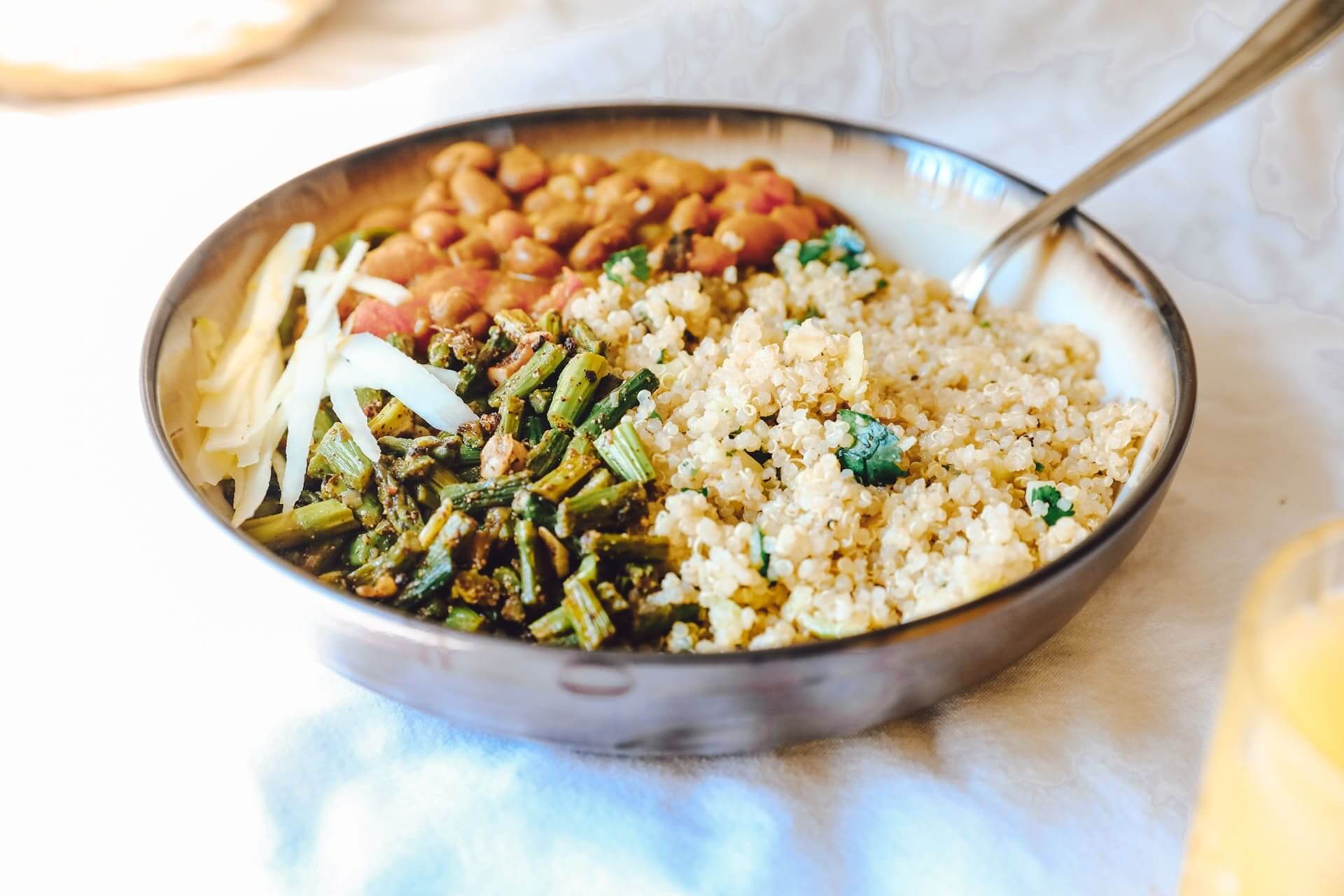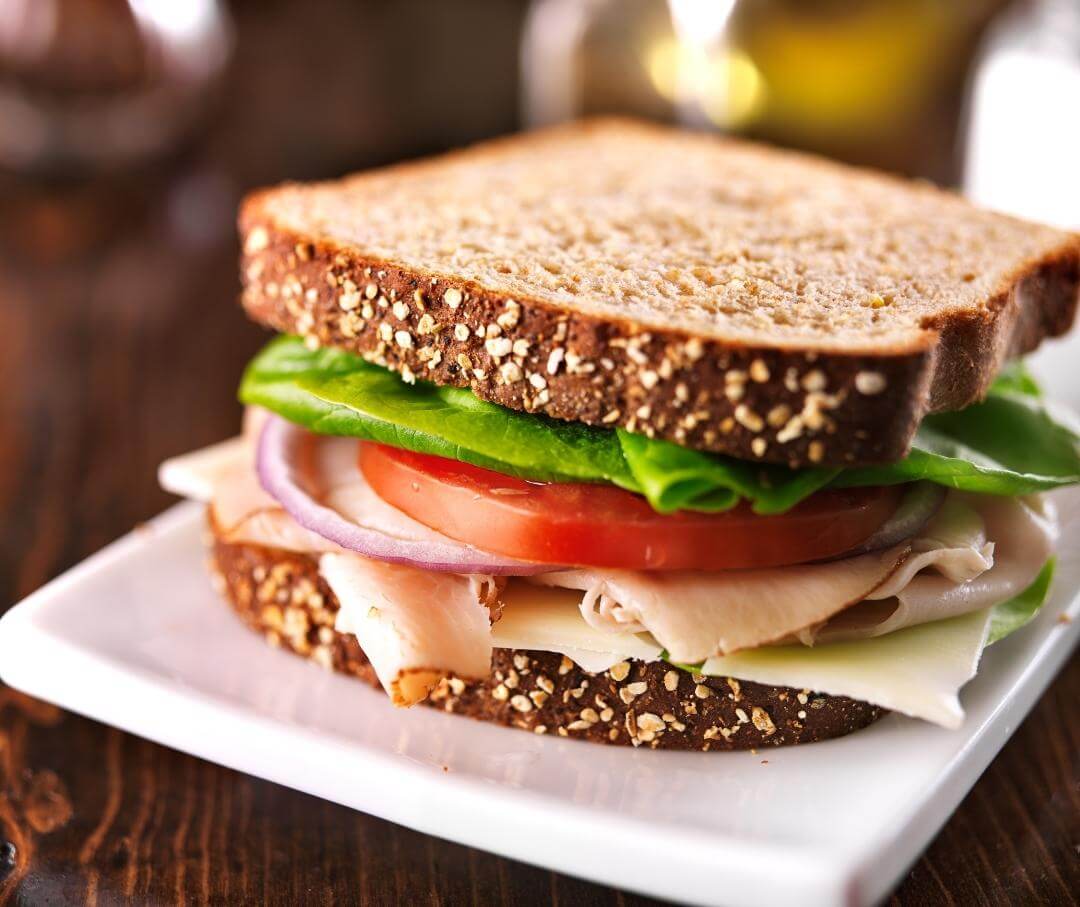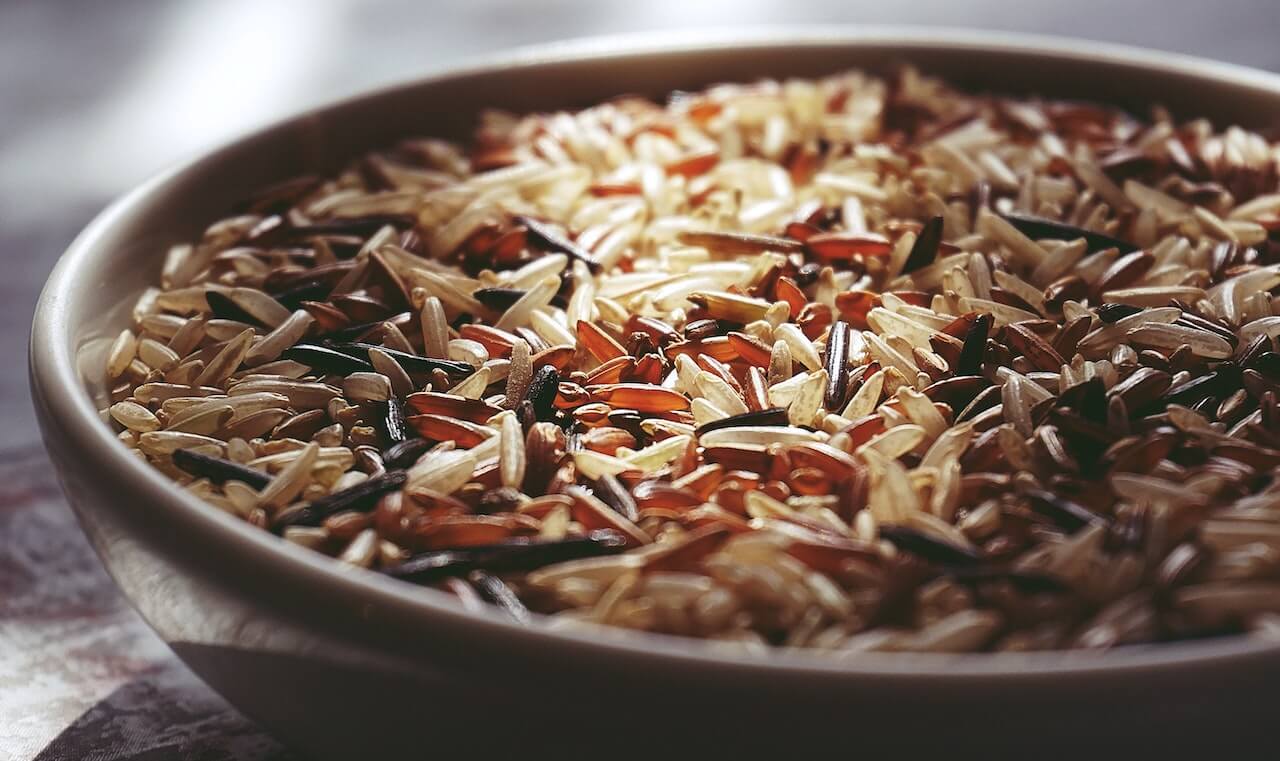Pineapple is a delicious tropical fruit that can add a burst of sweetness and flavor to your diet. However, if you have diabetes or prediabetes, you may wonder how pineapple affects your blood sugar levels and whether you can enjoy it without worrying about spikes or crashes. In this article, we will explore the pineapple glycemic index, its nutritional benefits, and how to incorporate this delicious fruit into a healthy diet.
What are Low GI Fruits?
The glycemic index (GI) is a valuable tool that helps measure how specific carbohydrates in foods affect blood sugar levels. Foods with a high GI (above 70) are digested and absorbed rapidly, causing a sharp rise and fall in blood sugar. Foods with a low GI (below 55) are digested and absorbed more slowly, causing a gradual and steady increase in blood sugar. By understanding the GI, individuals, particularly those with diabetes or prediabetes, can make informed dietary choices.
Low GI fruits are those with a glycemic index of 55 or less. These fruits are metabolized more slowly, causing a slower and more gradual rise in blood sugar levels. Consuming low GI-score fruits can help prevent sudden spikes in blood glucose levels, making them ideal for individuals looking to control their blood sugar levels.
{{mid-cta}}
Nutritional Profile of Pineapples
Fresh pineapple is delicious and packed with essential nutrients that offer numerous health benefits as part of a balanced diet.
Rich in antioxidants
Pineapples contain an abundance of antioxidants, which help protect the body from harmful free radicals and reduce inflammation.
High in Fiber
A good source of dietary fiber, eating pineapples or drinking pineapple juice can aid digestion and contribute to better gut health.
High in Vitamin B6
This essential vitamin plays a vital role in brain function, immune system support, and the production of red blood cells. One cup of pinneapple contains about 11 percent of the daily recommended intake of vitamin B6.
Rich in Vitamin K
Vitamin K is necessary for blood clotting and maintaining strong bones.
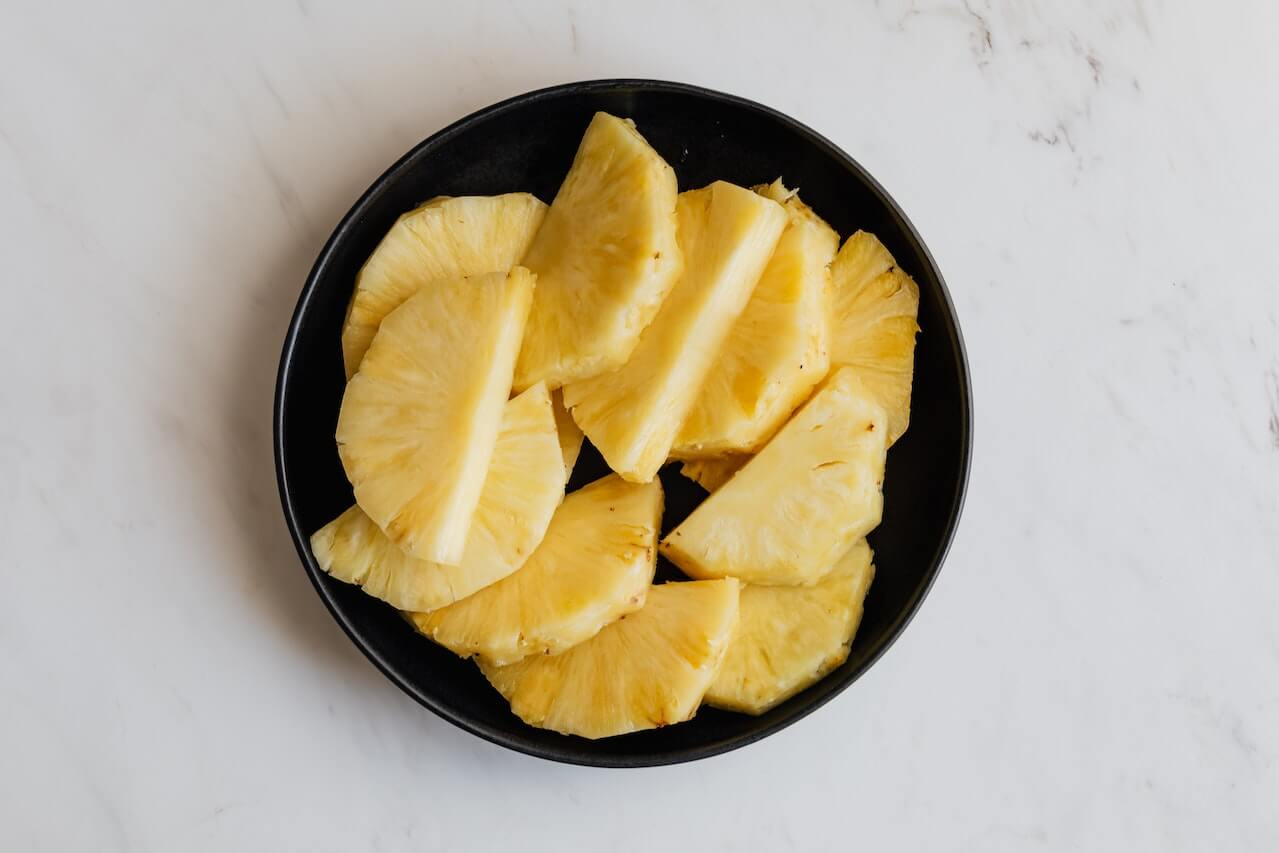
High in Vitamin C
Pineapples are an excellent source of vitamin C, which supports a healthy immune system and helps the body absorb iron from plant-based sources. One cup of pinneapple contains a whopping 88 percent of the recommended daily intake of vitamin C.
Rich in Potassium
Potassium is crucial for maintaining proper fluid balance, muscle function, and nerve signaling in the body. One cup of pinneapple contains 4 percent of the recommended daily intake of potassium.
High in Iron
Iron is essential for red blood cell production and transporting oxygen throughout the body. One cup of pinneapple contains 3 percent of the recommended daily intake of iron.
Potential Benefits of Pineapple
Pineapples offer several health benefits, some of which are particularly beneficial for people with diabetes. These include:
- Helps with inflammation: Pineapples contain bromelain, an enzyme with potent anti-inflammatory properties that can help alleviate pain and swelling.
- Boosts bone health: With one cup of pinneapple providing 109 percent of the daily recommended intake of magnese, pineapple can certainly support bone mineral density and overall bone health.
- Helps to prevent cancer: Antioxidants in pineapples, specifically from manganese, may help prevent oxidation in the body, which will help protect against cell damage and reduce the risk of cancer.
- Helps to lower blood sugar: The fiber content in pineapples can help slow down the absorption of natural sugar, reducing the risk of blood sugar spikes.
- Reduces cholesterol: One cup of pineapple contains 2.3 grams of fiber, which can help lower LDL cholesterol levels, improving heart health.
Glycemic Index of Pineapples
Pineapples have a medium GI score of around 59, which means they can raise blood sugar levels moderately. However, the glycemic load of a serving of pineapple is relatively low due to its fiber content, which helps slow down sugar absorption.
How to Enjoy Pineapple Without Affecting Your Blood Sugar Levels
Although pineapples have a medium GI, consuming them in large quantities can raise blood sugar levels. To enjoy the benefits of pineapple without causing a spike in your glucose levels, consider the following recommendations:
- Opt for fresh pineapple over canned or processed versions, as they often contain added sugars.
- Limit your serving size to one cup of pineapple at a time.
- Pair pineapple with low-GI foods, such as nuts and seeds.
How to Add Pineapple to Your Diet
Here are four healthy meal ideas that will help you start integrating pinneapples into your day.
Pineapple Green Smoothie
Ingredients:
- 1 cup fresh pineapple chunks
- 1 cup spinach leaves
- 1/2 cup plain Greek yogurt
- 1/2 cup unsweetened almond milk
- 1 Tbsp honey (optional)
Instructions:
- Blend all the ingredients in a blender until smooth. Adjust the sweetness with honey if desired. Serve immediately.
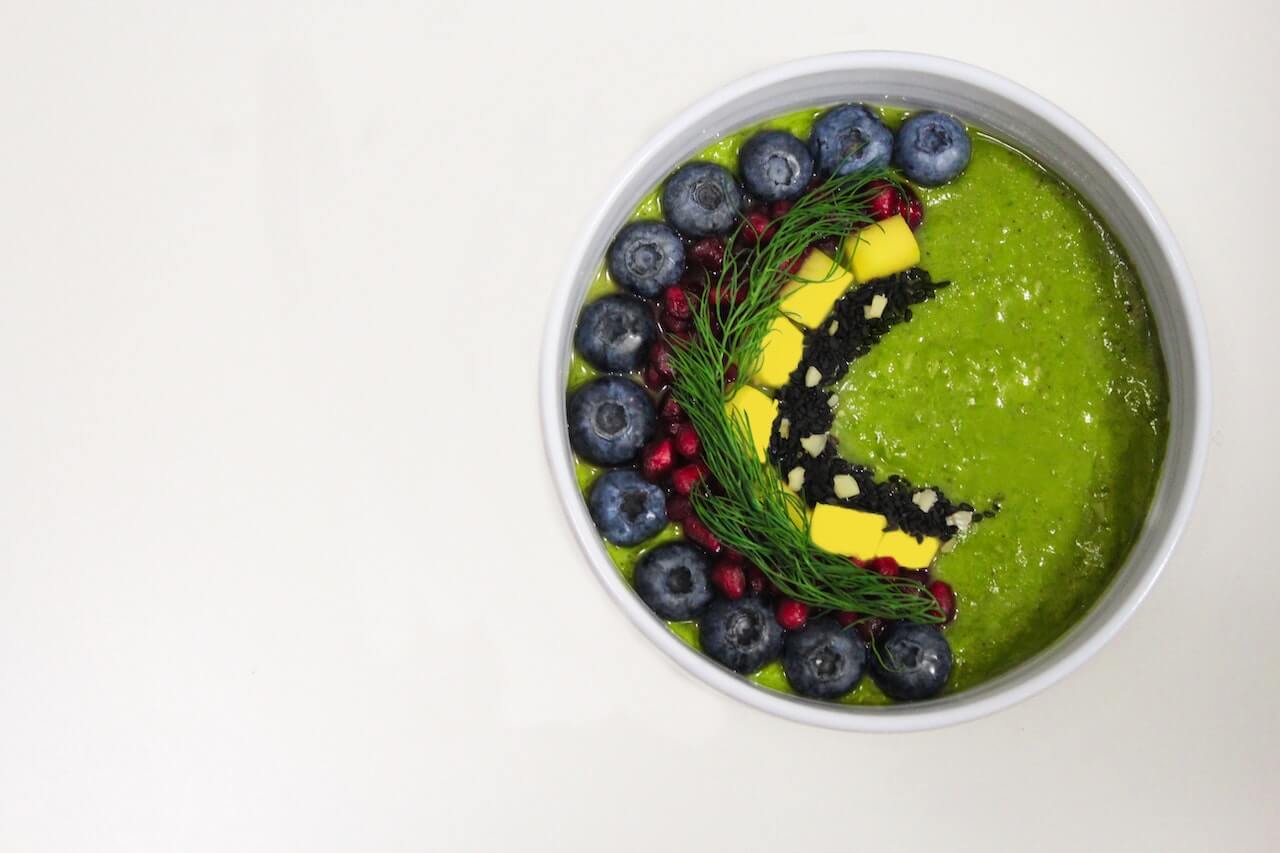
Pineapple & Pork Tacos
Ingredients:
- 1 pound lean pork tenderloin, sliced into thin strips
- 1 cup fresh pineapple chunks
- 1/2 cup diced red onion
- 1/4 cup chopped fresh cilantro
- 1 jalapeño, seeded and finely chopped (optional)
- 1 tablespoon olive oil
- 1 teaspoon ground cumin
- 1 teaspoon chili powder
- 8 small corn tortillas
- Salt and pepper to taste
Instructions:
- Heat the olive oil in a large skillet over medium heat. Add the pork strips and cook until browned and cooked through.
- Stir in the pineapple, red onion, jalapeño (if using), cumin, chili powder, salt, and pepper. Cook for another 3 to 4 minutes until the pineapple is slightly caramelized.
- Warm the tortillas in a dry skillet or microwave. Fill each tortilla with the pineapple and pork mixture, then top with fresh cilantro. Serve immediately.
Pineapple Chicken Stir Fry
Ingredients:
- 1 pound boneless, skinless chicken breasts, cut into bite-sized pieces
- 2 cups fresh pineapple chunks
- 1 red bell pepper, sliced
- 1 yellow bell pepper, sliced
- 1/2 cup sliced red onion
- 1/4 cup low-sodium soy sauce
- 1/4 cup pineapple juice
- 2 Tbsp honey
- 1 Tbsp cornstarch
- 2 Tbsp olive oil
- Salt and pepper to taste
Instructions:
- Whisk together the soy sauce, pineapple juice, honey, and cornstarch in a small bowl. Set aside.
- Heat 1 tablespoon of olive oil in a large skillet or wok over medium-high heat. Add the chicken and cook until browned and cooked through. Transfer the chicken to a plate and set aside.
- Add the remaining 1 tablespoon of olive oil to the skillet. Add the bell peppers and red onion, and cook for about 3 minutes. Next, add the pineapple chunks and cook for another 2 minutes.
- Return the chicken to the skillet and pour in the sauce. Cook for 3 to 4 minutes, stirring frequently, until the sauce thickens. Serve over brown rice or cauliflower rice for a complete meal.
Learn More About Healthy Nutrition with Signos’ Expert Advice.
Learn more about nutrition and adopting healthy eating habits with expert advice from the Signos blog. Discover how to make positive changes to your diet and improve your overall health.
Find out if Signos is a good fit for you by taking a quick quiz.
- Item 1
- Item 2
- item 3

